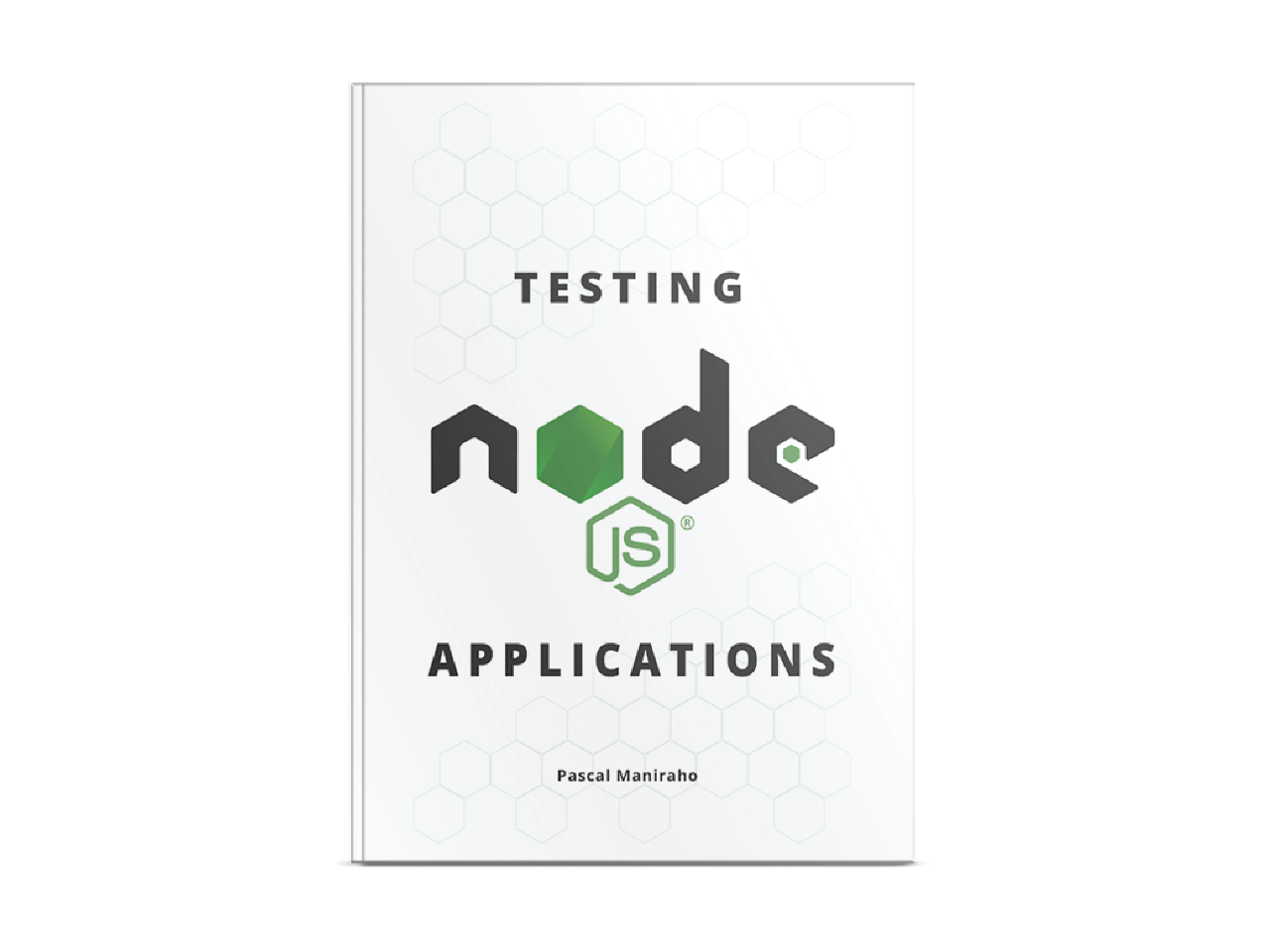How to write a bug report developers will love reading
The idea to write this post stems from reading some interesting bug reports from various OSS on Github issues. Instead of prescribing what should be considered the right or the wrong bug reporting, this post takes a different turn, and focus on asking basic questions, we should be able to answer when filing a new bug report.
At the end of the reading, you will have inspirations on how to make key daily improvements when filing bug reports, to direct developers in the right direction when reading and resolving issues being reported.
In this article we will talk about:
- Bug report based on GivenWhenThen user story formula
- Bug report for new and regression cases
Even though this blog post was designed to offer complementary materials to those who bought my Testing
nodejsApplications book, the content can help any software developer to tuneup working environment. You use this link to buy the book.
What to expect from a bug report
When writing a bug report blueprint, we will have to answer thoroughly following questions in plain English.
The final product has is mold bug reports that have to fit in or blueprint our bug reports have to built around.
To start this exercise, let's take our typical bug report, and verify if it answers the questions below.
- How much does a typical bug costs
- Is it a bad idea to have developers do their own QA
- Is it a good idea to have developers do their own QA
- What is the optimal QA to Dev ratio
- What developers love to read in a bug report
- What makes developers hate reading a bug report
- What should go into a bug report
- What should not go into a bug report
- Why good bug reporting communication matters
- Can linking bugs to relevant user story acceptance criteria help fix bugs faster
- How can linking bugs to relevant user story acceptance criteria be done
- Should bug reports to have templates à l'instar of user stories
- What a functional bug report template should like
Answers to the question stated above, provide a starting point to create a blueprint of a bug report for your organization.
Conclusion
In this article, we revisited how to write bug reports that convey a clear message on what is wrong with the system, in a way that developers may re-use the bug report as a test case in their regression automated test cases. There are additional complimentary materials in the “Testing nodejs applications” book.
References
- Testing
nodejsApplications book - Bug Report Template ~ Marker Blog
- Bug and Issue Tracker ~ AirTable blog
